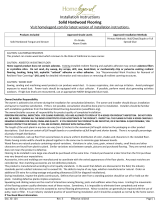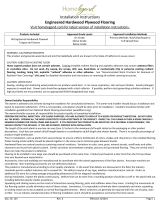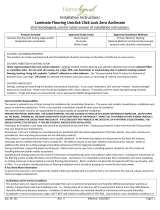
6
line pattern 5 minutes or more*
ll pattern 20 minutes or more*
* For best results
After the glue has been applied, feed the
mat out of the machine, and then allow the
glue to dry. Correct foiling results cannot
be achieved if the glue is not dry.
The approximate drying time is described
•
in the table. It may take longer if the
amount of the glue is large or the humidity
is high.
Do not turn off the machine. Otherwise, the •
foiling position may become misaligned.
Do not touch the glue surface. Otherwise, its •
adhesive strength will decrease, and the foil
may not adhere.
If no glue is applied, go back to DesignNCut •
Manager and repeat step
through
9
.
After applying glue, remove the pen from the •
holder, and then attach the cap to the pen.
10
Select [Foil: Foil Second] in DesignNCut
Manager and click [Apply].
11
Remove the glue pen holder from the
carriage, and then remove the glue pen.
Attach the pressing tool to the tip of the
glue pen holder, and then insert the
holder into the carriage.
12
Place the foil on top of the pattern where
the glue has been applied.
Place the protective sheet on the mat to
cover the foil, and then secure it in place
with commercially available tape, etc.
Gently place the foil over the glue area •
with its colored/shinier side facing up.
Carefully position the foil so there are no •
wrinkles. The foil may tear if you try to press
out the wrinkles after positioning the foil.
Be sure to use the protective sheet to prevent •
damage to the foil. Before positioning the
protective sheet, make sure there is no dust
between it and the foil.
If the protective sheet is not rmly attached •
when the mat is fed in, the machine may be
damaged. Be sure to secure the protective
sheet to the mat with commercially available
tape, etc.
Attach the protective sheet so it does not •
extend from the attaching area of the cutting
mat.











